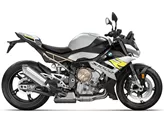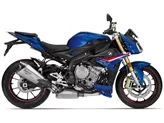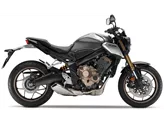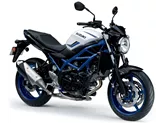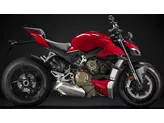Suzuki GSX-S750 2017 vs. BMW S 1000 R 2014

Suzuki GSX-S750 2017

BMW S 1000 R 2014
Overview - Suzuki GSX-S750 2017 vs BMW S 1000 R 2014
The Suzuki GSX-S750 2017 and the BMW S 1000 R 2014 are both naked bikes with similar technical specifications. They both have in-line engines with four cylinders and aluminum frames. However, there are some notable differences between the two models.
In terms of engine power, the BMW S 1000 R 2014 has a significant advantage with 160 HP compared to the Suzuki GSX-S750 2017's 114 HP. This gives the BMW model a higher level of performance and acceleration. The torque is also higher in the BMW model with 112 Nm compared to the Suzuki's 81 Nm.
Both bikes have upside-down telescopic forks for the front suspension and swing arms with monoshock absorbers for the rear suspension. This ensures good handling and stability on the road. However, the BMW S 1000 R 2014 has an additional advanced rider assistance system called dynamic suspension, which further enhances the bike's performance and handling.

Suzuki GSX-S750 2017
In terms of braking, both bikes have double disk brakes at the front. However, the BMW S 1000 R 2014 has four-piston calipers, providing better braking performance compared to the Suzuki's double-piston calipers.
In terms of dimensions and weights, both bikes have similar front tire widths and diameters. However, the BMW S 1000 R 2014 has a wider rear tire (190 mm) compared to the Suzuki's 180 mm. The wheelbase is slightly shorter in the BMW model (1439 mm) compared to the Suzuki's 1455 mm. The seat height is also slightly lower in the BMW model (814 mm) compared to the Suzuki's 820 mm.

BMW S 1000 R 2014
In terms of strengths, the Suzuki GSX-S750 2017 is praised for its GSX-R 750 engine with a strong character, powerful and well-controlled brakes, harmonious design, affordable price, sharp sound, and great lean angle clearance. On the other hand, the BMW S 1000 R 2014 is praised for its sporty chassis, extreme power and performance, very good electronic helpers, terrific price/performance ratio, and its ability to perform well on both racetracks and country roads.
In terms of weaknesses, the Suzuki GSX-S750 2017 has an acute knee angle, which may be uncomfortable for some riders, and a tachometer that is difficult to read. The BMW S 1000 R 2014 has a slightly rough engine running, a relatively high seat, and a design that is subjective and may not appeal to everyone.
Overall, the BMW S 1000 R 2014 offers higher performance and more advanced features compared to the Suzuki GSX-S750 2017. However, the Suzuki model has its own strengths such as affordability and a strong engine character. The choice between the two models ultimately depends on the rider's preferences and priorities.
Technical Specifications Suzuki GSX-S750 2017 compared to BMW S 1000 R 2014
Pros and Cons in comparison
Pros and Cons in comparison
Suzuki GSX-S750 2017

More power, more performance, more sound. Suzuki also proves all the pessimists regarding the EURO4 standard wrong and delivers the GSX-S 750, a successor to the GSR 750 that has been further developed in every respect and can be a bit more serious, but doesn't have to be. To ensure that aha moments don't become oje moments, ABS and a three-stage traction control that can be switched off provide a safety cushion. With S21 tyres from Bridgestone, the GSX-S is super-sporty, allowing you to take advantage of the generous lean angle clearance. Only the acute knee angle could be a disadvantage on longer tours.
BMW S 1000 R 2014
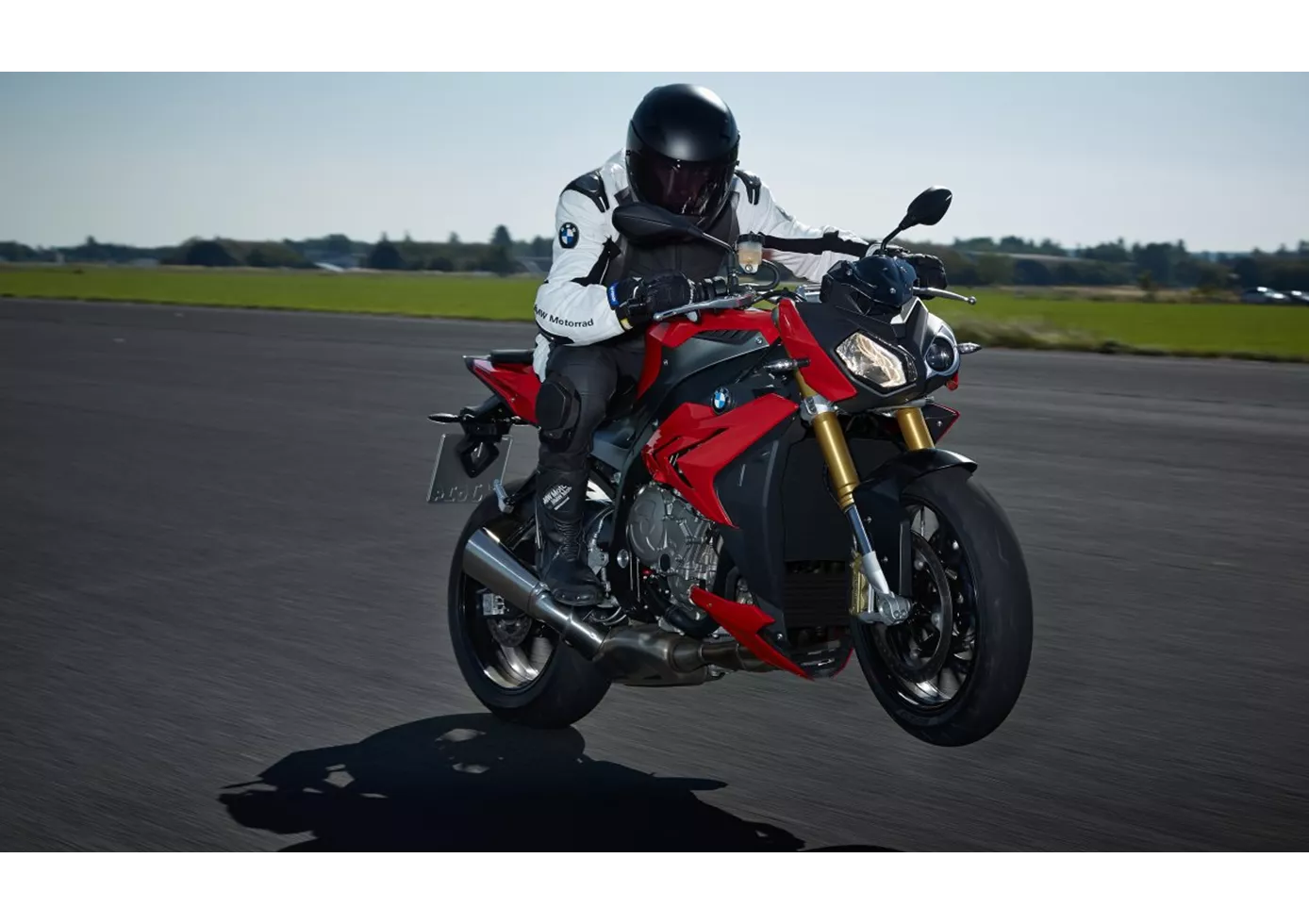
Brutal power, smooth, almost perfect, electronics, it only gets better with the HP4. Now BMW dominates the 1000cc naked bike class after the superbikes.
Price Comparison Avarage Market Price Suzuki GSX-S750 vs BMW S 1000 R
There are a few key differences between a Suzuki GSX-S750 2017 and a BMW S 1000 R 2014. In terms of price, the actual average price of a BMW S 1000 R 2014 is about 33% higher. Compared to BMW S 1000 R 2014 there are less Suzuki GSX-S750 2017 bikes available on the 1000PS.de Marketplace, specifically 14 compared to 19. It takes less time to sell a BMW S 1000 R with 70 days compared to 84 days for the Suzuki GSX-S750. Since model year 2017 1000PS.de editors have written 14 reviews for the Suzuki GSX-S750 and 62 reviews for the BMW S 1000 R since model year 2014. The first review for the Suzuki GSX-S750 was published on 10/4/2016 and now has more than 50,800 views. This compares to more than 17,300 views for the first review on BMW S 1000 R published on 11/3/2013.






